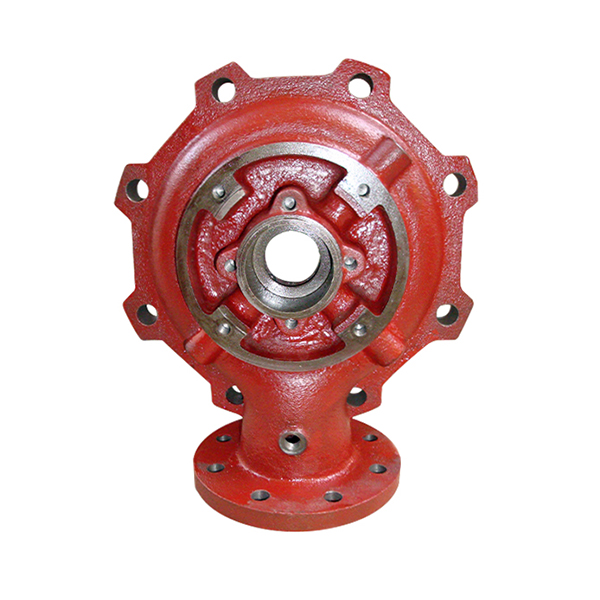Mobile:+86-311-808-126-83
Email:info@ydcastings.com
Choosing the Right Engine Oil Drip Pan for Efficient Fluid Collection and Engine Maintenance
Understanding Engine Oil Drip Pans Importance and Maintenance
Engine oil drip pans are essential components in the world of automotive maintenance and repair. These specially designed containers play a crucial role in managing oil leaks and ensuring that engine oil is properly contained and disposed of. This article delves into the significance of engine oil drip pans, their design features, and tips for maintenance.
The Role of Engine Oil Drip Pans
Engine oil is vital for the smooth operation of a vehicle's engine. It lubricates moving parts, reduces friction, and helps dissipate heat. However, leaks can occur due to various reasons, such as wear and tear, improper installation of seals, or damage to the oil pan itself. This is where an engine oil drip pan becomes invaluable.
An engine oil drip pan collects any leaking oil, preventing it from contaminating the environment and causing potential hazards. It acts as a safety net, capturing oil that would otherwise drip onto the ground. Beyond its environmental benefits, using a drip pan protects your garage floor or driveway from unsightly stains and damage caused by oil spills.
Design Features of Engine Oil Drip Pans
Engine oil drip pans come in various designs and materials, each tailored to meet specific needs. Common materials include plastic, metal, and rubber, which offer different levels of durability. For instance, metal pans tend to be more robust and can withstand higher temperatures, while plastic ones might be lightweight and easier to handle.
A good engine oil drip pan typically features a wide opening and sturdy construction. A wide opening allows for easy collection of oil and minimizes spills during use. Some models are equipped with built-in handles, making them easier to carry and pour without creating a mess.
Another important design aspect is the depth of the pan. A deeper pan can collect more oil, reducing the frequency of emptying, while a shallower pan may be easier to manage but requires more frequent attention. Choosing the right size depends on the typical amount of oil leakage expected from the vehicle being serviced.
engine oil drip pan

Maintenance Tips
To ensure that your engine oil drip pan functions effectively, it requires proper maintenance. Here are some useful tips
1. Regular Cleaning Over time, oil can accumulate in the pan, leading to a buildup of grime and residue. After each use, clean the pan with a suitable solvent or detergent to prevent this. Ensure it is completely dry before storing it away.
2. Inspect for Damage Regularly check the drip pan for any cracks, punctures, or signs of wear. Damaged pans are less effective and can leak, negating their purpose. Replace any damaged pans promptly to maintain optimal functionality.
3. Dispose of Oil Properly When the drip pan fills with oil, it’s essential to dispose of the used oil correctly. Most local auto shops and recycling centers accept used engine oil for responsible disposal. Avoid pouring it down the drain, as this can lead to environmental contamination.
4. Store Properly When not in use, store the drip pan in a dry, clean area away from direct sunlight. This helps prevent degradation of the materials and prolongs the life of the pan.
Conclusion
In conclusion, engine oil drip pans are an important aspect of automotive care, providing a safe and effective means of managing oil leaks. They not only protect the environment from hazardous waste but also maintain your workspace's cleanliness. By understanding their function, features, and maintenance needs, vehicle owners can ensure their drip pans last longer and perform efficiently. Taking these steps is a small but significant part of responsible vehicle ownership and maintenance.
-
What Makes Stainless Steel Pump Casting Essential for Modern Industries?NewsJul.14,2025
-
Revolutionize Your Engine Maintenance with Premium Aluminum and Cast Iron ComponentsNewsJul.14,2025
-
Precision Flow Engineering Starts with the Right Pump ComponentsNewsJul.14,2025
-
Maximize Efficiency: Explore Reliable Containment and Crop SolutionsNewsJul.14,2025
-
Discover Superior Performance with Advanced Turbo ComponentsNewsJul.14,2025
-
Boost Fluid Dynamics with Precision-Engineered Pump ComponentsNewsJul.14,2025











